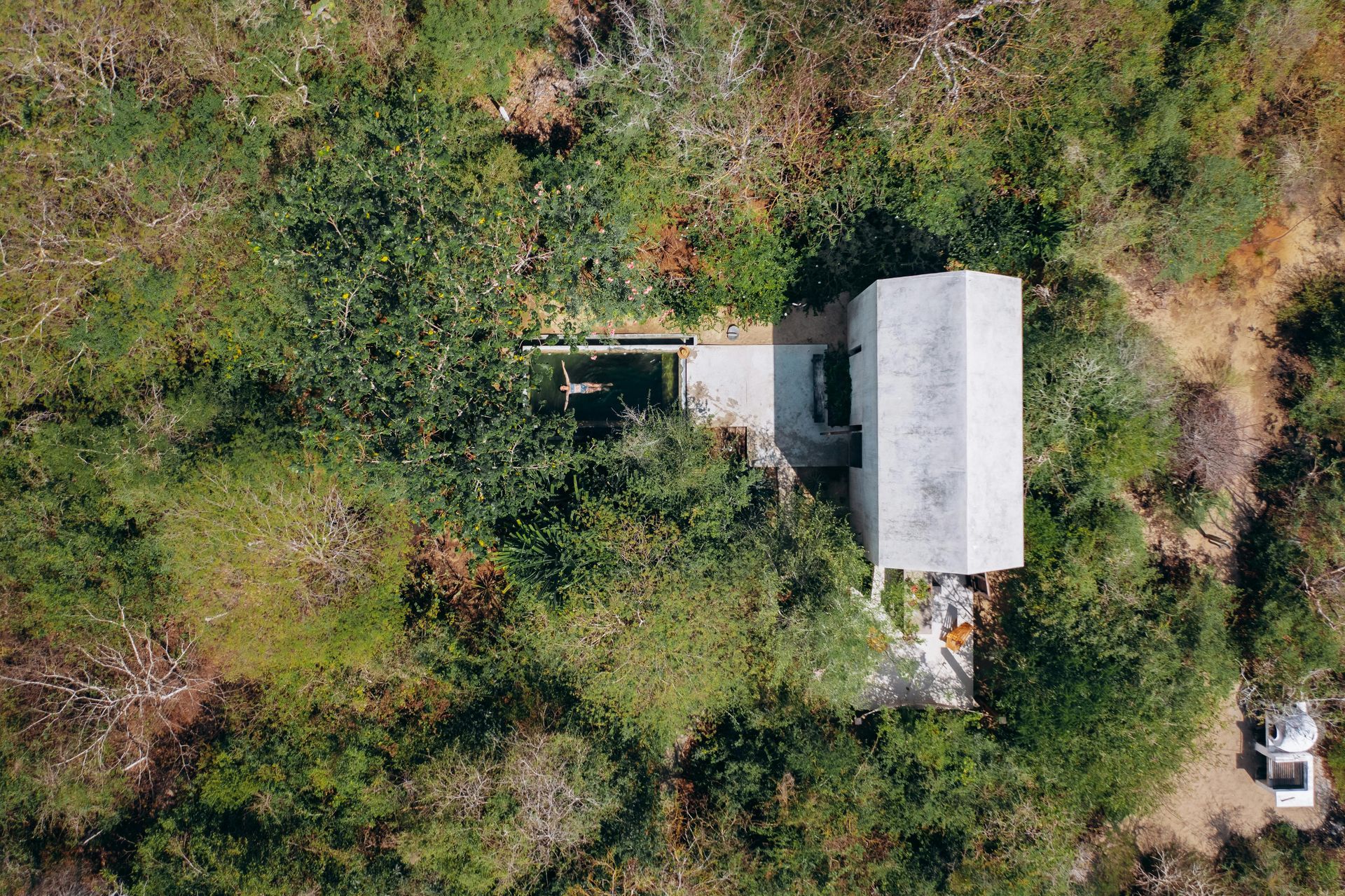Across the UK, family estates remain both treasured heritage and living businesses. They combine farmland, residential portfolios, commercial buildings, leisure operations, and sometimes listed or historic properties into a single, interconnected structure. While such estates can be worth tens or even hundreds of millions on paper, much of that value is illiquid, tied up in land and buildings. Owners face the challenge of managing rising maintenance costs, regulatory obligations, and development opportunities, all while ensuring the estate continues to provide for future generations.
In 2025, a growing number of estate owners are turning to structured borrowing as a way to release capital. Rather than selling off land or diminishing their legacy, they are unlocking liquidity from income-generating assets and using finance to fund maintenance, restructure existing debt, or expand their holdings. Done well, this approach transforms estates from passive holders of value into dynamic, sustainable enterprises.
Why Estates Need Specialist Finance
A country estate is rarely straightforward in financial terms. A single property might have one income stream and one lender, but an estate typically has several—cottages rented out on assured shorthold tenancies, commercial leases on office space or workshops, renewable energy installations generating long-term revenue, and farmland that might be farmed in-hand or rented to tenants. Add to this the costs of listed building compliance, conservation responsibilities, and sometimes seasonal leisure operations, and it becomes clear why many mainstream banks struggle to understand estates.
High street lenders tend to prefer simple, predictable income profiles. For estates, that often means traditional avenues are limited. This is why private banks and specialist lenders—backed by experienced brokers—play such an important role. They are willing to look at the total picture: how different income streams combine, how risk is diversified across asset classes, and how debt can be structured to match seasonal or cyclical income flows.
Unlocking Capital From Income-Generating Assets
The cornerstone of estate finance is the ability to demonstrate sustainable income. A lender is not just interested in the value of the land; they want to see how reliably it generates revenue. A row of cottages with tenants on long-term leases provides stable cash flow that can be leveraged. A wedding venue or a sporting estate offers less predictable revenue, but still creates an income stream that can support borrowing when packaged correctly. Agricultural rents, renewable energy agreements, and even commercial use of redundant barns all contribute to a lender’s view of affordability.
Where many estate owners run into difficulty is in presenting this income in a way that lenders understand. An estate may have ten separate income lines, each modest on its own, but when aggregated they present a robust case. The role of a broker like Willow is to bring these together, show lenders the combined strength of the estate’s revenue, and ensure debt service coverage is clear and compelling.
Financing Maintenance and Heritage Obligations
Maintenance is one of the most pressing challenges for estate owners. Historic roofs, stonework, heating systems, and estate infrastructure all require constant attention. Left unchecked, the cost of delay multiplies. Many owners are reluctant to use day-to-day income for these major expenses, fearing it will undermine operational stability.
Borrowing against estate value provides a solution.
By refinancing or raising capital, estates can carry out large-scale works in a single phase. This approach not only secures the fabric of heritage assets but also allows owners to invest in improvements that reduce long-term costs—such as renewable energy, modern heating systems, or insulation upgrades. Increasingly, lenders are supportive of these projects, particularly where they align with environmental and energy efficiency goals. Green finance is a growing theme, as we explored in our article on
Green Mortgages and Energy Efficient Properties, and estate owners who demonstrate a commitment to sustainability often find lenders more willing to engage.
Restructuring and Refinancing
Many estates carry debt that was structured years, if not decades, ago. Interest rates, repayment terms, and security arrangements may no longer suit the estate’s current operations. Some estates are burdened by multiple loans across different properties, each with its own repayment schedule and conditions. This patchwork of borrowing can hinder flexibility.
Refinancing presents an opportunity to simplify and strengthen an estate’s financial foundation. By consolidating existing loans into a single arrangement, owners can often reduce interest costs, extend repayment terms to match seasonal income, and release equity for reinvestment. For example, an estate with residential lets, farmland, and a renewable energy project may be able to refinance these under one facility, increasing efficiency and unlocking additional liquidity. We explored similar dynamics in our blog on
refinancing mixed-use property, which shows how borrowers can both reduce costs and improve terms through careful restructuring.
Financing Development Within Estates
Preserving an estate is not only about maintaining the past but also about creating opportunities for the future. Across the UK, redundant farm buildings, disused stable blocks, and surplus land are being repurposed into new sources of revenue. Development finance provides the capital required to transform these underutilised assets.
Whether converting barns into residential units, creating office space in heritage buildings, or establishing new hospitality ventures, lenders are open to financing projects that enhance estate income.
What matters most is presenting a clear plan: planning permissions, realistic costings, and a credible exit strategy, whether through sales or ongoing rental income. In 2025, lenders are particularly attentive to environmental considerations, community impact, and long-term sustainability. For a more detailed exploration of lender expectations in this space, see our guide to
development finance in 2025.
Expansion Through Acquisitions
Many estate owners are not just looking to protect what they have but to grow. Acquiring neighbouring farmland, additional residential units, or commercial property can strengthen the estate’s long-term position. Financing acquisitions often involves leveraging existing assets. By raising capital against current holdings, owners can fund purchases without selling land or depleting reserves.
One common method is cross-collateralisation, where multiple estate assets are pledged as security for a new loan. This spreads risk and increases the borrowing power of the estate. Our article on
cross-collateral property finance explains how this approach is increasingly used by high-value borrowers. For estates, it represents a practical way to grow holdings while maintaining financial stability.
Finance and Succession Planning
Every estate owner must eventually consider succession. The way debt is structured today can profoundly impact the next generation. Poorly managed borrowing can create liquidity crises when inheritance tax falls due, forcing heirs to sell assets at inopportune times. Conversely, well-structured finance, aligned with trusts, insurance, and estate planning, can ease transitions and protect family legacy.
This is where estate finance intersects with inheritance tax planning. Whole of life insurance, refinancing, and lending against income streams can all form part of a strategy to ensure estates remain intact across generations. We examined these intersections in our piece on
Inheritance Tax Planning with Whole of Life Policies. For estate owners, the lesson is clear: borrowing should be considered not only in terms of immediate needs but also in how it supports long-term succession goals.
The Lender Landscape in 2025
The appetite for estate finance in 2025 varies significantly across lenders. High street banks remain cautious, generally preferring straightforward residential or agricultural lending. Specialist lenders, however, are more comfortable with complexity, particularly where multiple income streams can be demonstrated. Private banks are often the most flexible, offering bespoke arrangements secured against diverse asset pools, but they typically require strong relationships and significant scale.
Choosing the right lender depends on the estate’s profile, its income stability, and the owner’s broader objectives. What is consistent is the need for clear, strategic packaging of the case. This is where the role of a whole-of-market broker becomes indispensable.
How Willow Can Help
At Willow Private Finance, we have deep experience in structuring finance for estates that combine agricultural, residential, commercial, and heritage assets. Our role is to bring clarity to complex income structures, present them in a way lenders understand, and negotiate terms that align with the estate’s long-term objectives.
We work with estate owners on refinancing, restructuring, development finance, acquisitions, and succession planning. Above all, we aim to ensure that finance serves the estate’s legacy—helping owners preserve, improve, and grow their holdings while protecting the next generation.
📞 Want Help Navigating Today’s Market?
Book a free strategy call with one of our mortgage specialists.
We’ll help you find the smartest way forward—whatever rates do next.











